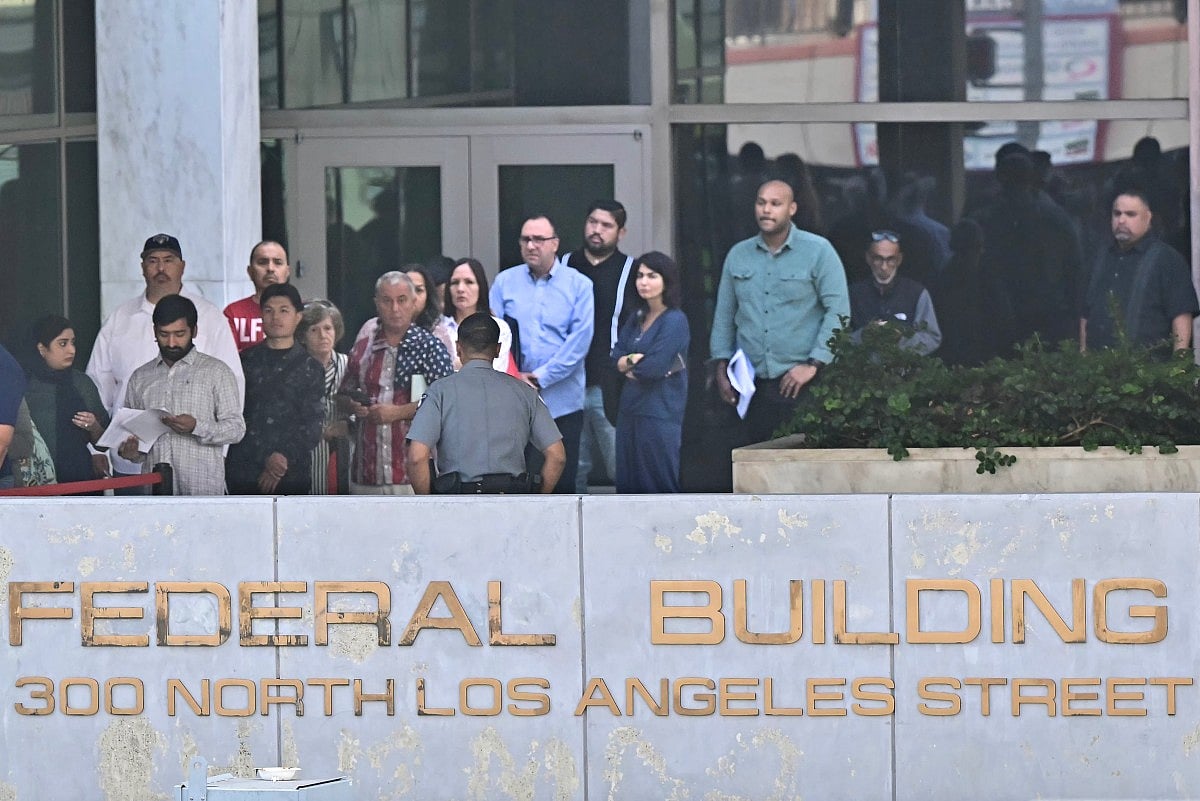Day 1 chaos: Airport delays, job losses, increased security risks expected amid US federal government shutdown
Prolonged shutdown could amplify security risks, trigger airport delays

As of October 2, 2025, the United States is in the grip of its first federal government shutdown since the 35-day ordeal of 2018-2019, triggered when Congress failed to pass funding legislation by the September 30 deadline.
Weeks of stalemate are expected, but airport delays could begin soon, among other challenges.
Suspending services
At midnight on October 1, non-essential federal operations ground to a halt, furloughing hundreds of thousands of workers and suspending services across agencies.
What caused the impasse
The impasse stems from partisan clashes over enhanced subsidies for the Affordable Care Act (ACA), known as “Obamacare”.
Democrats, led by Senate Minority Leader Chuck Schumer, insist on extending these credits — set to expire at year’s end — which have doubled ACA enrollments to over 20 million since 2021, per health policy group KFF.
Republicans, under Senate Majority Leader John Thune and House Speaker Mike Johnson, view them as fiscally irresponsible “bailouts” and pushed a “clean” continuing resolution that Democrats rejected, demanding broader policy riders like reversing recent Medicaid cuts.
The shutdown’s immediate effects are rippling through daily life and national security.
750k federal workers on unpaid furlough
Roughly 750,000 federal employees — nearly half the civilian workforce — are on unpaid furlough, with another 150,000 having accepted buyouts earlier this year amid President Donald Trump's efficiency drive led by Elon Musk's "Department of Government Efficiency" (DOGE).
Essential services persist
Social Security and Medicare payments continue via mandatory funding, air traffic controllers and TSA screeners work without pay, and military personnel remain on duty, though base commissaries face delays.
However, national parks like the Everglades are closing visitor centres, Smithsonian museums will shutter after October 6 when prior-year funds dry up, and the IRS maintains tax processing but delays refunds.
Education, economy
Student loan disbursements for 10 million recipients proceed, but the Education Department furloughs 95% of staff, stalling income-driven repayment backlogs.
Economically, the Labor Department's pause halts the September jobs report, clouding Federal Reserve decisions on interest rates, while real estate grinds slower as the FHA halts new mortgage insurances and USDA freezes loans.
National security
National security alarms are sounding loudest.
The FBI Agents Association, representing thousands of agents, issued a stark warning on October 1: In an era of "unprecedented" threats — from fentanyl trafficking and cyberattacks to child exploitation and terrorism — the shutdown "undermines the FBI’s ability to perform its duties."
Curtailed resources disrupt investigations, surveillance, and forensic work, while unpaid agents risk financial strain that could jeopardise security clearances.
Appeal to exempt law enforcement pay
The group urged Congress to exempt law enforcement pay, emphasizing, “This is not a political issue... it is about protecting the American people.”
Similar strains hit the CIA, DEA, and Coast Guard, all operating on fumes without immediate compensation.
Chance for Trump to push agenda
President Trump, back in the White House, has seized the moment to advance his agenda, framing the shutdown as leverage for overhauls.
On October 1, he touted it as a chance to “lay off a lot of people that are going to be very affected”, targeting what he calls bureaucratic bloat and “Democratic projects”.
The administration froze $26 billion in funds for blue states: $18 billion for New York transit (home to top Democrats Schumer and Hakeem Jeffries) and $8 billion for green-energy initiatives in 16 Harris-voting states like California.
Purging thousands more
Vice President JD Vance echoed this, warning of imminent layoffs if the impasse drags on, potentially purging thousands more via DOGE's axe.
Trump posted AI-generated memes mocking Jeffries, escalating rhetoric that Democrats decry as “bigotry” and a “hostage-taking” bluff.
Republicans counter that Democrats' "temper tantrum" over ACA subsidies is self-inflicted, with Thune predicting quick capitulation.
When was the last shutdown?
This isn’t uncharted territory — the last shutdown cost $11 billion and eroded public trust — but 2025’s version feels uniquely weaponized. Short-term hits include delayed disaster aid (FEMA responds to emergencies but pauses long-term recovery) and halted environmental cleanups.
What a prolonged shutdown could mean
Long-term, prolonged closure could spike unemployment, deter foreign investment, and amplify security vulnerabilities, as seen in 2019 when IRS audits plummeted.
Analysts at Citi warn airport delays could force resolution, mirroring 2018.
Senators recessed until Friday for Yom Kippur, but with Trump digging in, experts predict weeks of stalemate. Democrats vow bipartisanship; Republicans demand concessions.
For now, as furloughed workers brace for uncertainty, the shutdown underscores Washington's deepening divide — where routine funding becomes a battleground for America's future.
Sign up for the Daily Briefing
Get the latest news and updates straight to your inbox
Network Links
GN StoreDownload our app
© Al Nisr Publishing LLC 2025. All rights reserved.